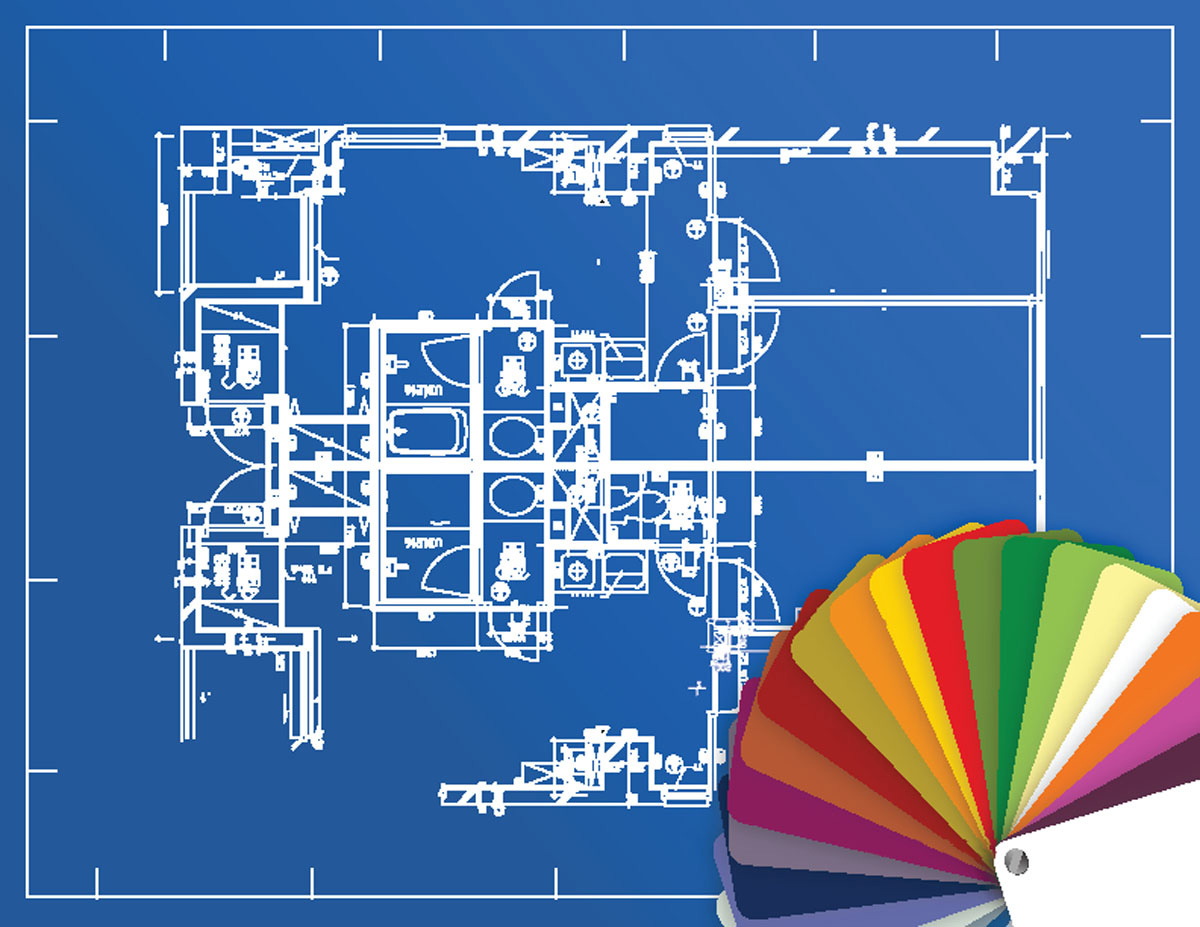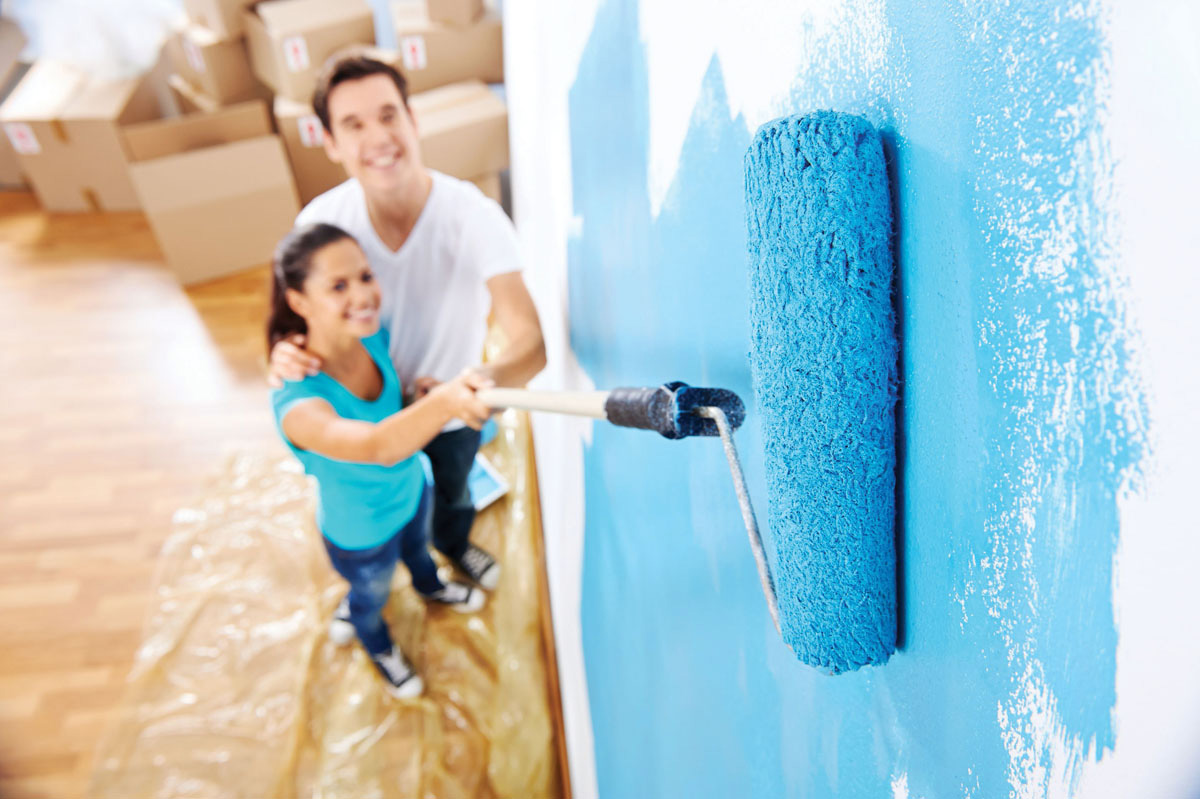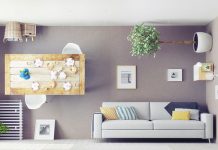 We all know that how we dress, style our hair and speak creates the impression we give others. But did you know that your home also tells people about you, and can provide insights into your subconscious? “A lot of my clients don’t realize how their deepest fears can manifest physically or symbolically in their living space,” says Laura Benko, a Holistic Design Expert & Professor at Pratt. The good news is that when you know what to look for, the manifestations of fear are easy to identify and change.”
We all know that how we dress, style our hair and speak creates the impression we give others. But did you know that your home also tells people about you, and can provide insights into your subconscious? “A lot of my clients don’t realize how their deepest fears can manifest physically or symbolically in their living space,” says Laura Benko, a Holistic Design Expert & Professor at Pratt. The good news is that when you know what to look for, the manifestations of fear are easy to identify and change.”
According to Benko, if you have low self-confidence you might unintentionally hang things too high on the wall, subconsciously sending a message that you don’t measure up. Or a fear of commitment (ladies, check out your man’s home!) might mean you put off hanging anything on the walls, have unpacked boxes and resist making big-ticket purchases. If you don’t like change, it will be reflected in a décor that hasn’t been updated since you moved into the home.
A stale design is one of the most common (and most serious) home issues because like attracts like. “If you have lots of antiquated items and haven’t updated your décor, your outlook will represent that and staleness will pervade your life,” says Benko. “If your home is fresh, clean, inspiring, organized and comfortable you will draw better experiences to yourself.”
 Often what causes us to change our décor is something mundane like a move or a piece of furniture wearing out, but according to Dr. Susan Clayton, Chair of the Environmental Psychology Department at Wooster College, sometimes we suddenly realize that we have changed and we start to adjust our environment accordingly. This desire for a new beginning is necessary because our homes and the objects in them absorb and give off energy that can either feed or deplete us. “Your home is alive. It has a vibration and a mood,” says Inessa Freylekhman, Owner of Feng Shui From The Heart in South Beach. “It’s when the tone of your home no longer matches the one you’re trying to achieve that you might start feeling blocked or stuck.”
Often what causes us to change our décor is something mundane like a move or a piece of furniture wearing out, but according to Dr. Susan Clayton, Chair of the Environmental Psychology Department at Wooster College, sometimes we suddenly realize that we have changed and we start to adjust our environment accordingly. This desire for a new beginning is necessary because our homes and the objects in them absorb and give off energy that can either feed or deplete us. “Your home is alive. It has a vibration and a mood,” says Inessa Freylekhman, Owner of Feng Shui From The Heart in South Beach. “It’s when the tone of your home no longer matches the one you’re trying to achieve that you might start feeling blocked or stuck.”
For instance, a single female client of Freylekhman’s filled her entire apartment with her austere, spinster aunt’s furniture. She was dating a man who didn’t share her desire for marriage and kids. The client didn’t like her apartment or the furniture and had simply mindlessly created a home that had none of her own energy in it. Like clockwork, when she changed her space, she began to attract people and opportunities that were in line with her values.
Your home is a canvas for you to express your beliefs, personality and memories. Vision boards have become a popular method for visualizing what we want in our life, and your home’s décor can literally be a living vision board. Want to go to Paris? Have artwork of The City Of Lights around your place. Want to attract more money? Put a jade plant in the money center of your home.
 Freylekhman suggests going around your home and doing an energy up or down test on each item. Ask if the object is giving you positive or negative feelings, and then pay attention to how your body feels. For example, if you feel sad or heavy when looking at a piece of art, it’s time to take it down. “Everything in your home should have a purpose,” says DeAnna Radaj, of DeAnna On Design, an Eco-Shui Design Firm based in North Carolina. “You either love it, use it or need it,” she says. “If an item doesn’t do at least 2 of those things, you need to get rid of it.”
Freylekhman suggests going around your home and doing an energy up or down test on each item. Ask if the object is giving you positive or negative feelings, and then pay attention to how your body feels. For example, if you feel sad or heavy when looking at a piece of art, it’s time to take it down. “Everything in your home should have a purpose,” says DeAnna Radaj, of DeAnna On Design, an Eco-Shui Design Firm based in North Carolina. “You either love it, use it or need it,” she says. “If an item doesn’t do at least 2 of those things, you need to get rid of it.”
Radaj believes that over half of Feng Shui problems in a house can be fixed by simply decluttering. Clutter often tethers us to the past, and simply seeing so much stuff causes anxiety and stress. “It’s better to have empty walls than hanging things up that you think you should,” says Radaj. “Oftentimes, we mindlessly accumulate things, but you should be ruthless when deciding if an object is serving you.”
Sometimes the problem with our space is outside of our control. Multi-living situations, obnoxious neighbors and noise can all compromise the peace and tranquility that a home is supposed to provide. “In a shared living space, it’s important to have your own intimate space that you feel emotionally anchored to, where you have privacy and it’s all your own ,” advises Benko.
 When city noise and bad neighbors are the problems, Benko suggests installing double-paned windows, planting dense foliage around the house and adding white noise like a sound machine or babbling fountain to mask exterior sounds. After all, your home is the one place on the planet that’s completely yours. Make sure your space reflects who you are now and has the objects that remind you of happy times from the past, and the items that will bring the things you want in the future into your life. “When you open your door, no matter what kind of day you’ve had, your home should make you happy,” concludes Radaj. And that’s really all that matters.
When city noise and bad neighbors are the problems, Benko suggests installing double-paned windows, planting dense foliage around the house and adding white noise like a sound machine or babbling fountain to mask exterior sounds. After all, your home is the one place on the planet that’s completely yours. Make sure your space reflects who you are now and has the objects that remind you of happy times from the past, and the items that will bring the things you want in the future into your life. “When you open your door, no matter what kind of day you’ve had, your home should make you happy,” concludes Radaj. And that’s really all that matters.
Design Mind
Take these design tricks to heart when you feel it’s time to boost your mood in order to set your life in a new direction, or complement the path you’re already on.
 Color Balance
Color Balance
Bright colors create expansive feelings of happiness, while cool colors calm and instill peace. Want to lose weight? Paint the kitchen grey!
 Natural Light
Natural Light
The more natural light a home receives, the sunnier the dispositions of its inhabitants are likely to be all year round, regardless of the weather.
 Nature’s Power
Nature’s Power
Incorporating elements of nature like a plant, a fish tank or a water feature have a calming, soothing effect on anyone who experiences it.
 Total De-Clutter
Total De-Clutter
The more stuff we have piling up around us, the more stress and anxiety we feel. Get rid of everything that isn’t serving you and enjoy the peace of mind.
 Cherished Items
Cherished Items
Your home should reflect what you love — whether you showcase that with a bouquet of flowers or with pictures of your loved ones on the walls.
 Private Space
Private Space
We all need our own space. Make sure there’s a room in your home that you can call your own — even if you welcome the occasional visitor.
 Sense Stimulation
Sense Stimulation
A home isn’t just visual. Use candles or diffusers to impart your favorite scent into your space, and utilize music to set the perfect mood.











